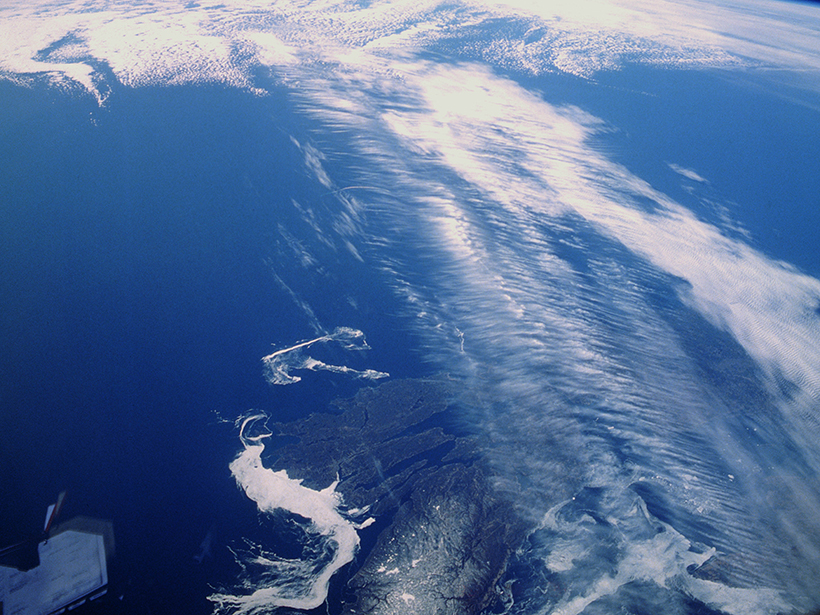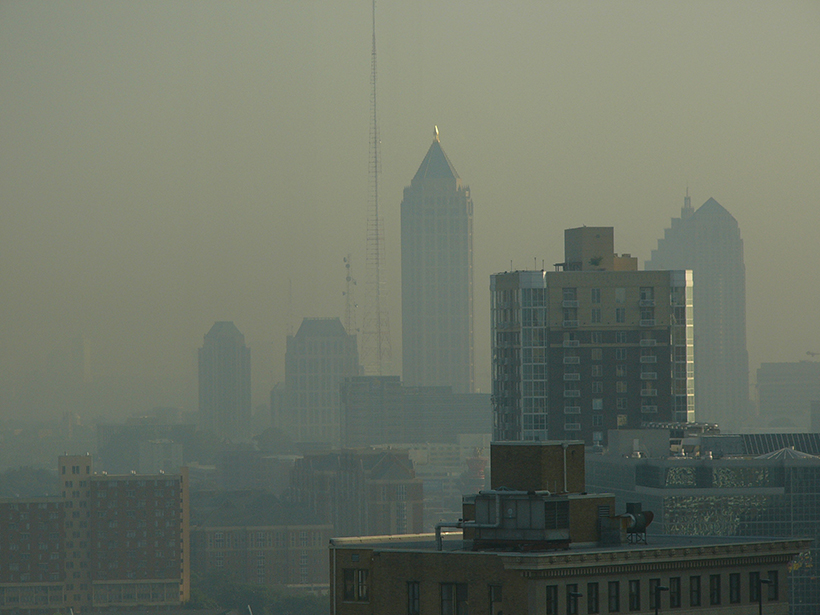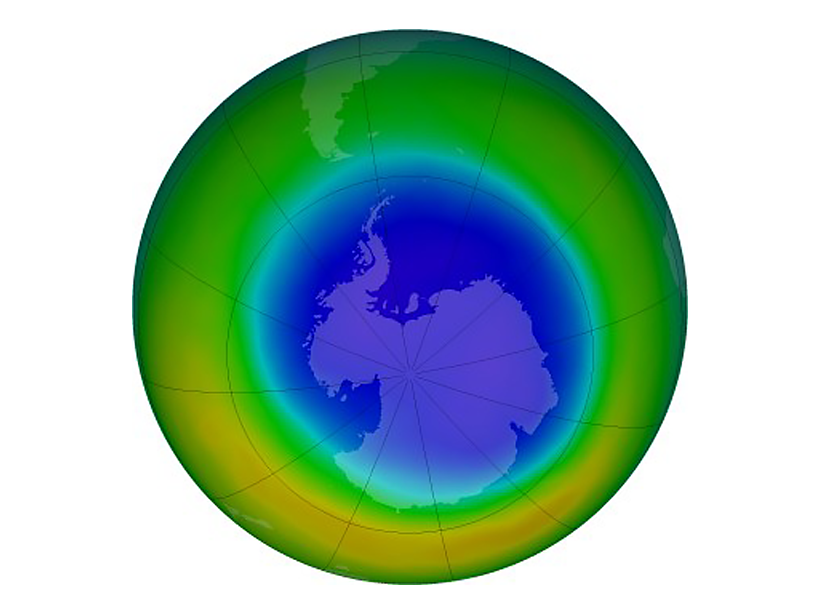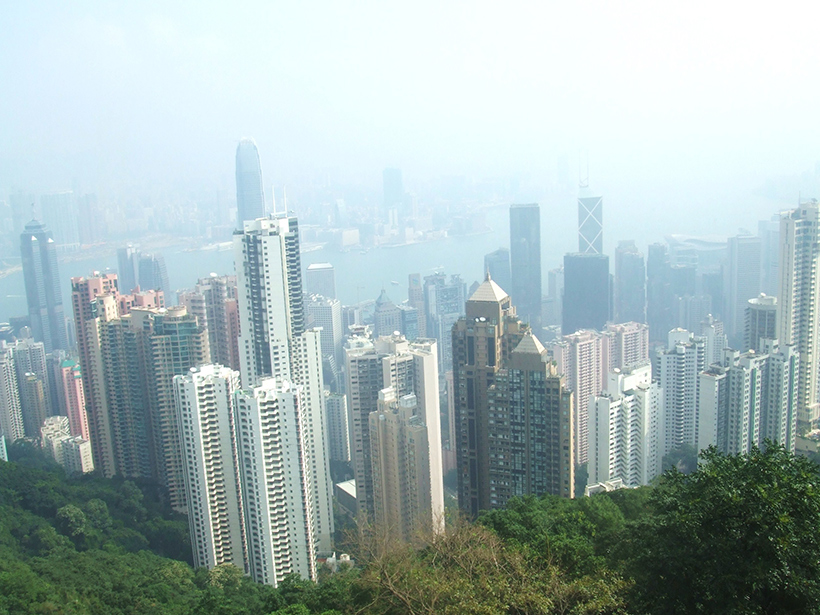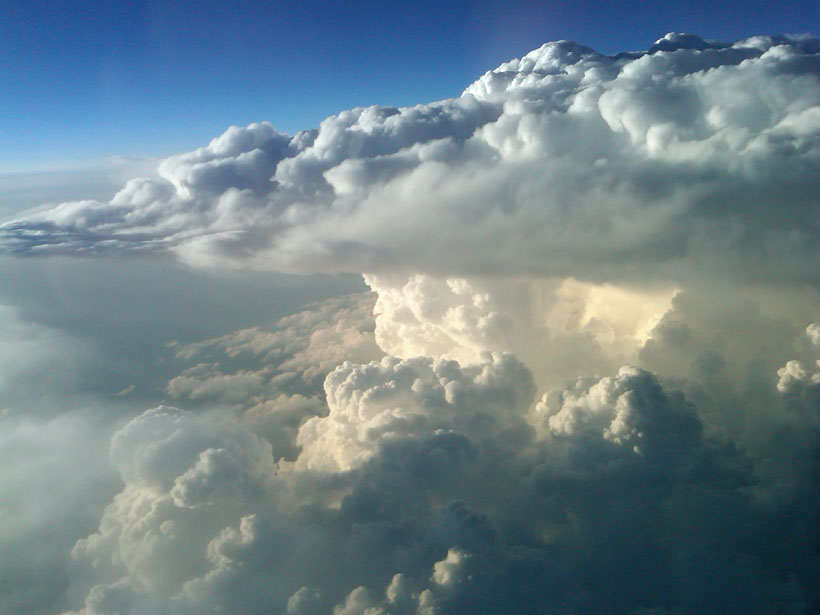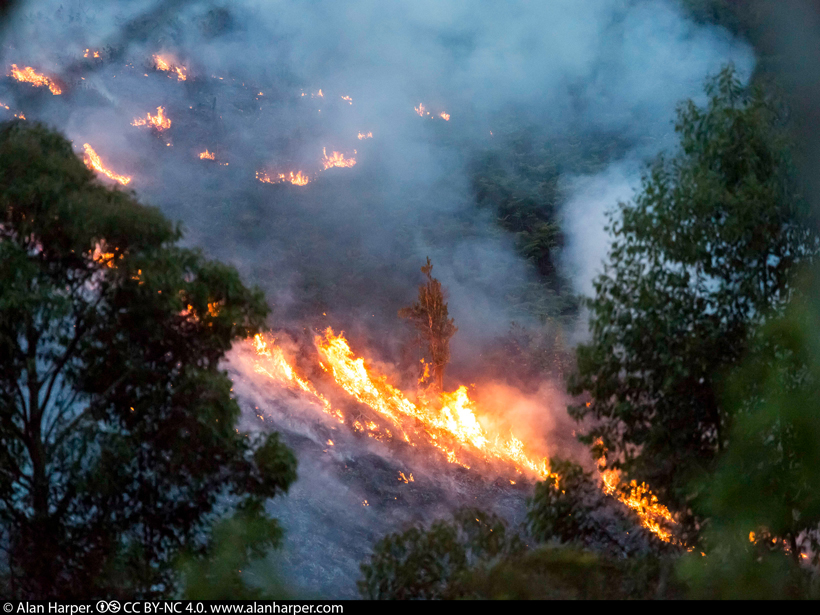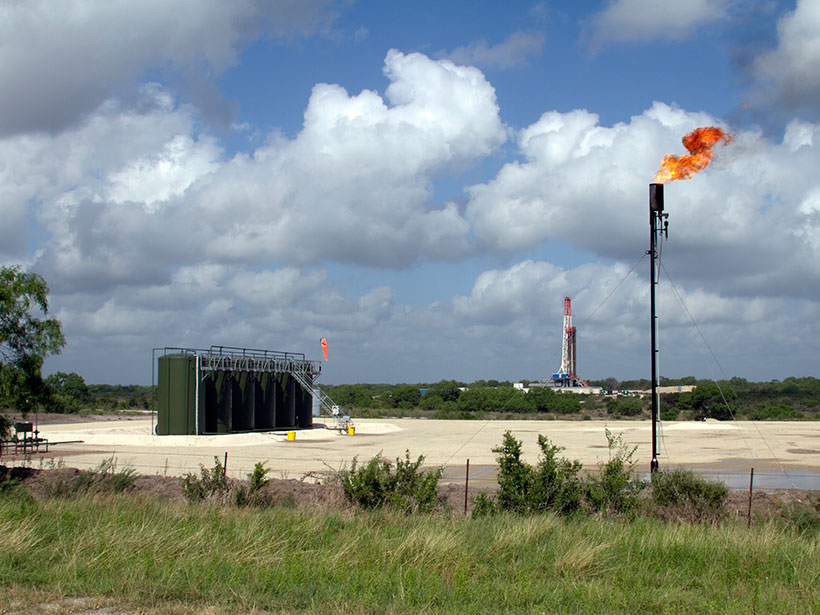A simplified view of ozone chemistry can cause climate models to overestimate the response of jet streams to increasing greenhouse gases.
ozone
New Way to Gauge Lightning's Role in Ozone Formation
Comparing satellite data on a key airborne ozone precursor to readings from a lightning sensor network reveals how much different types of lightning strokes affect atmospheric ozone chemistry.
No Evidence for Unknown Source of Ozone Precursor
A study suggests that known combustion and photochemical sources of nitrous acid, a precursor to ground-level ozone, are enough to explain levels seen in the atmosphere.
Antarctica's Ozone Hole Is Healing, Scientists Say
The ozone hole over Antarctica has shrunk by 16% since its peak in 2000, and some suspect it may disappear entirely by midcentury.
Chemical Boosts Ozone Production over Southern China
The presence of nitryl chloride in polluted urban air can enhance the production of ozone by up to 41%, according to a new modeling study constrained by ground-based measurements.
Connecting Thunderstorms and Climate Through Ozone
New data links thunderstorms to climate via their impacts on aerosols, ozone, and water vapor in the stratosphere.
Human-Made Fires Pollute Air with Ozone Half a World Away
Fires in Africa and Southeast Asia contributed to western Pacific pollution, a study finds. Prior understanding attributed hefty levels of the harmful agent and greenhouse gas to natural processes.
To Help Fix the Hole in the Ozone Layer, Just Add Ice
Computer simulations show that adding tiny droplets of ice to the atmosphere during the spring could help eliminate chlorofluorocarbons and repair the hole in the ozone layer.
Ozone Hole to Remain Large During Cold Years
Despite the Montreal Protocol's success, it will take years of observations to be sure that regulations are allowing the ozone hole to recover.
Is the Shale Boom Reversing Progress in Curbing Ozone Pollution?
Concentrations of volatile organic compounds—precursors to ground-level ozone formation—are on the rise in areas over and downwind of a major shale oil and gas field in Texas.

